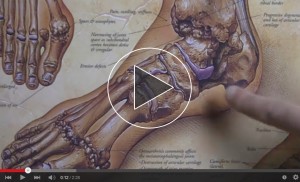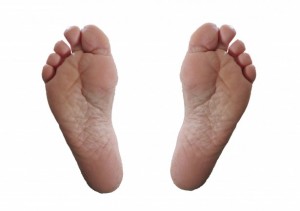
When I practiced in California from 2003 to 2007, customized orthotics were all the rage.
Patients with foot problems wanted $250.00 insoles to cure them of chronic foot pain. Simple. Easy. Let’s go! So there they were, expectantly standing on a foam board, letting their body weight sink them into the foam and leaving a perfectly customized foot print. I would then send them off to the manufacturer and 2 weeks later, the patient received an insole orthotic support perfectly customized to their feet. Pop! They’d slip these insoles into their shoes and whammo, let the healing begin.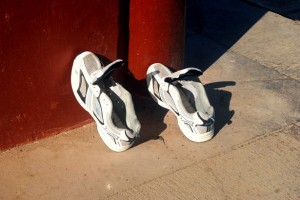
The question is, did they work?
Actually, for some patients, yes they did. The best results were for patients suffering from plantar fasciitis. Arch supports raise the middle (i.e.: transverse and longitudinal) arches and put some slack on the plantar fascia. Helping to release the pressure on this ligament. Other patients who had hard to solve foot pain also often benefitted from customized orthotic insoles.
I estimate that roughly 75% of patients who received orthotics were satisfied. Obviously, when you drop a couple hundred dollars on medical equipment, you want the results to be drastic or else buyer’s remorse sets in.
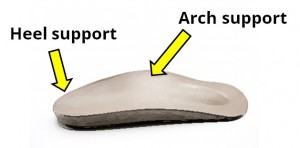 My main problem with orthotics is the price-per-pain-relief ratio. Your corner pharmacy will carry generic insoles for about $20.00. In my experience, if a patient will benefit from orthotics, they will get about 60% of the same effect from the cheap, generic insoles.
My main problem with orthotics is the price-per-pain-relief ratio. Your corner pharmacy will carry generic insoles for about $20.00. In my experience, if a patient will benefit from orthotics, they will get about 60% of the same effect from the cheap, generic insoles.
For many, the extra $230.00 for an extra 40% pain relief is worth the price tag. And I don’t blame them. Customized orthotics do provide the most protection for sore feet. Your amount of pain will determine your motivation for paying the high price tag. Orthotics usually last 3 or more years – depending on use – so they can potentially save you money in reduced treatment fees.
Foot care is a game of keeping the foot arches happy. As you can see below, the bones in your feet are arched upward. When you stand, your body weight would collapse these bones if it wasn’t for the ligaments and tendons that hold them up. Although some schools of thought say nature dictates “barefoot is best,” we were never meant to walk on cement and marble. So unless you are living in a forest or jungle, your feet will need help absorbing the force of your daily activities. 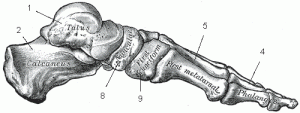
If you have been diagnosed with plantar fasciitis, watch the following video and follow the home care instructions. If these fail to heal you, come in for treatment.

